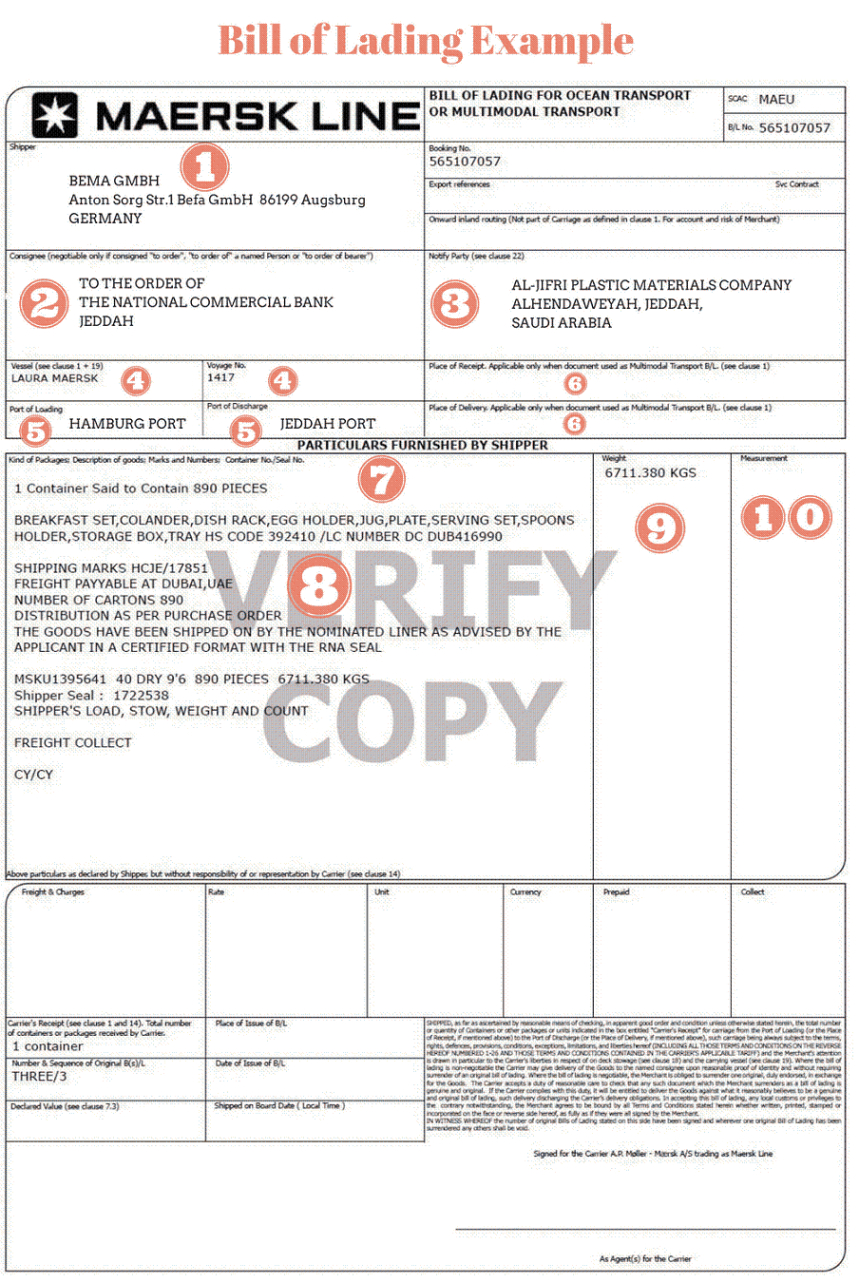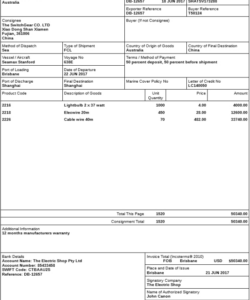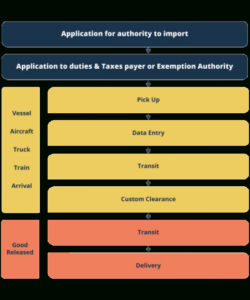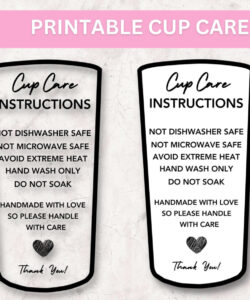Export clearing instruction template. Ever found yourself needing to explain something complex, only to realize your explanation is as clear as mud? Or maybe you’re assigned to create consistent training materials, but you’re having trouble keeping everything uniform? We’ve all been there. That’s where the magic of an instruction template comes in. It’s like having a secret weapon for clear communication, helping you deliver information effectively and efficiently, every single time.
An instruction template offers a clear framework for displaying information in a logical, simple-to-understand way. Consider it a pre-made blueprint that you can customize to any scenario. From detailed guides to checklists and diagrams, a well-designed instruction template conserves your time and effort while enhancing clarity and comprehension. Let’s delve into the world of instruction templates and understand how they can change the way you communicate.

Think about trying to build a piece of furniture without any guidelines. Irritating, isn’t it? The same principle applies to any task, big or small. An instruction template offers a structure for clear, concise, and simple-to-understand guidelines. It helps you arrange your thoughts, guaranteeing you cover all the essential steps and details. This reduces the chances of mistakes and confusion, leading to superior results and enhanced efficiency.
In addition to clarity, an instruction template fosters consistency. If you regularly develop instructions for similar tasks, a template ensures a uniform approach. This makes it easier for people to understand and follow your instructions, regardless of the specific task. Consistency also helps establish trust and reliability, as people know what to anticipate from your instructions.
Thirdly, instruction templates can save you a significant amount of time. Instead of starting from scratch each time you need to write instructions, you can simply utilize a template and complete the blanks. This liberates your time to concentrate on the substance of your instructions rather than the layout. Think about how much time you could save if you had a ready-made template for creating weekly reports, lesson plans, or even email newsletters.
Lastly, using an instruction template can boost accessibility. By using a clear framework, you make your instructions more accessible to people with different learning styles and abilities. A well-designed template can incorporate visual aids, clear headings, and simple language, making it easier for everyone to comprehend and adhere to the instructions. This is crucial for ensuring inclusivity and efficient communication.
The first step in creating an effective instruction template is identifying your target audience. Who are these instructions for? What is their degree of knowledge and skill? Knowing your audience will enable you to adjust the language and intricacy of the instructions accordingly. A template for experienced technicians will look very different from one designed for new users.
Checklists are another valuable instruction template format. They are perfect for tasks that include multiple items or need verification. A checklist guarantees that all required steps are finished and nothing is neglected. This can be particularly helpful in project management, quality control, and even everyday tasks like packing for a trip.
When you have a defined objective, split the task into small, sequential actions. Each step should be brief and simple to comprehend. Avoid using specialized language or technical terms that your audience might not know. Use plain and straightforward language that everyone can follow.
For people who like a more visual strategy, visual instruction templates can be used. These templates utilize images or diagrams extensively to communicate information. They are particularly effective for tasks that are difficult to explain in words, such as tying a knot or folding a complex origami figure. An image often speaks volumes, and visual instruction templates take advantage of this.
Lastly, there are adaptable instruction templates. These templates give a basic outline that can be adjusted for many different uses. They often include placeholder text and formatting options that you can modify to fit your specific needs. This allows for a lot of variability and makes them a versatile tool for generating diverse instructions. An instruction template can be as simple or as complex as you need it to be.
To conclude, an instruction template is a potent resource for anyone who requires clear and effective communication. Whether you’re composing a user guide, creating a training document, or just explaining a task to a teammate, using a template can save you time and effort while ensuring your instructions are easy to understand and follow.
By picking the right kind of instruction template and adapting it to suit your requirements, you can ensure that your message is delivered clearly and effectively. So, harness the power of the instruction template and see your communication skills improve. It’s a straightforward yet powerful tactic for achieving clarity and efficiency in any circumstance.





